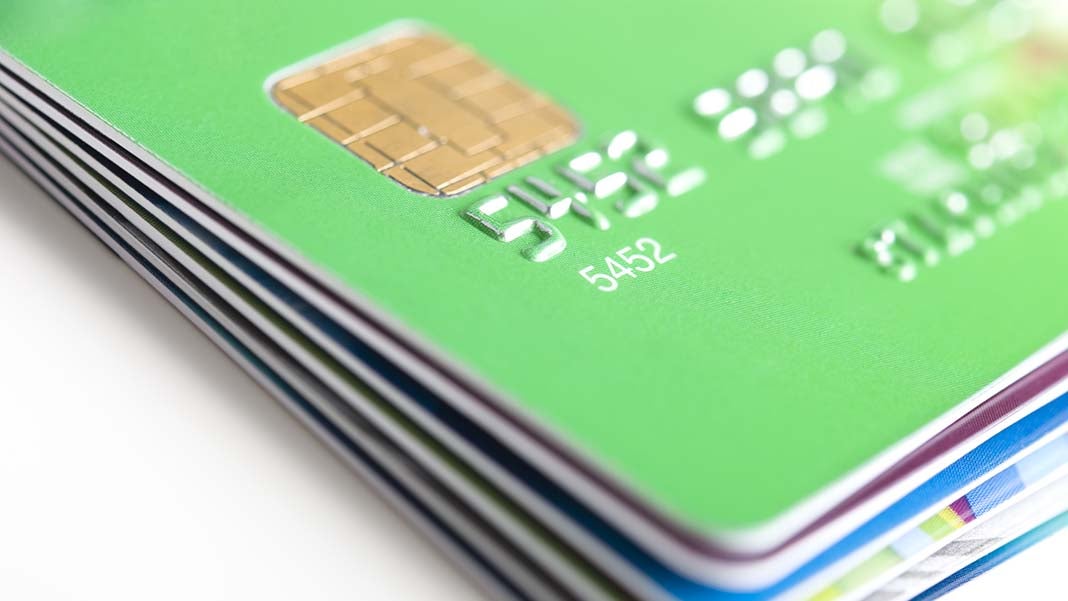
Your customers don’t really care if they have to swipe or dip their card. So why should you?
While EMV (which stands for Europay, MasterCard, and Visa) is standard in Europe and elsewhere around the globe, American merchants have been slow to adopt this new industry standard—six months into the EMV Liability Shift, CardHub estimated that only 42% of retailers had switched over to EMV.
There are several reasons why American retail businesses (and especially SMBs) are lagging. EMV “chip cards” take longer to process than magnetic stripe credit cards, and your business is not legally required to accept them. You’ll also have to buy an EMV-enabled payment terminal if you want to accept the new chip cards at your retail store or restaurant business.
What’s more, customers can become irritated at the point of sale when they’re not sure if they should swipe or insert their card, and some people prefer the faster swiping method when possible. After all, it’s what they’re used to.
But despite all that, if you don’t accept chip cards yet, you need to start—ASAP.
Here’s why:
1. They are fraud-resistant.
Chip cards are resistant to credit card fraud. Old-school magnetic-stripe (sometimes called “magstripe” for short) credit/debit card transactions are much easier for fraudsters to intercept, using an inexpensive card “skimmer.” With this device, just about any criminally inclined person can steal nearby credit card information and clone it onto fraudulent cards.
While no technology is completely fraud-proof, chip cards are inherently more secure because their embedded microchip encrypts the cardmember’s bank information into a code. Run-of-the-mill fraudsters simply don’t have the sophisticated technology required to decrypt this code or clone it onto a counterfeit card.
2. They protect your business from lawsuits.
The great EMV Liability Shift finally hit the US in October 2015. The key word here is “liability.” This relatively new law means that while your business is not required to accept EMV payments, you are legally responsible for fraud that occurs as a result of your NOT accepting EMV cards.
It can be a little confusing, especially because EMV cards still have the magstripe, allowing you to swipe them if an EMV terminal is not present.
But here’s what EMV liability means for you as a merchant: say a customer has an EMV-enabled card, and you swipe it instead of “dipping” it; as a result, some lowlife skims the card information from this transaction and steals your customer’s money. Based on the new law, your business is now responsible for these fraudulent charges, because you used the less-secure technology. (If the customer doesn’t have an EMV card, you are not responsible for fraud occurring on their card; however, all major bank cards are slowly rolling over to EMV.)
So, while you will have to spend money to upgrade to the new terminals, it could cost you exponentially more if you don’t upgrade—especially if the fraud occurs on a large scale, as with the massive Target credit card hack that took place in 2013. Do you really want to be responsible for millions of dollars in fraud damages?
3. Criminals are targeting small businesses that don’t use EMV.
If you still haven’t upgraded to EMV, you now have a pretty big target on your back.
Since EMV-compliant businesses are so much harder to steal from, criminals are targeting the businesses that haven’t upgraded to the new technology yet.
Unfortunately, this means small businesses are at a greater risk for credit card fraud, since most larger and nationwide businesses have upgraded to EMV already. In fact, overall retail fraud has actually increased since the EMV Liability Shift.
Bonus: You can start accepting ApplePay and other NFC payments.
Many EMV terminals are also NFC (“near-field-contact”)-enabled, allowing you to accept smartphone payments, such as ApplePay, Android Pay, and Samsung Pay. Most customers aren’t clamoring to pay with NFC yet, but it’s forward-thinking for retailers to offer this payment option, especially as mobile payments become more prevalent.
Don’t let your business be a sitting duck for criminals who could cost you your livelihood. Most point-of-sale systems and credit card processors now accept EMV; all you need to do is purchase and install the terminals—generally setting you back about $150-$200 apiece. Even if you’re a small startup, you can still accept chip cards without much hassle; Square, which lets you take credit card payments on your mobile phone, sells an EMV/NFC reader for only $49.
For help making the EMV switch and accepting chip cards at your business, you can find some useful resources on the U.S. Small Business Administration website.
 Author: Shannon Vissers is a contributing writer for Merchant Maverick, a comparison site that reviews and rates credit card processors, POS software companies, shopping carts, mobile payments services, and small business software. Follow her on Twitter: @ShannonVissers.
Author: Shannon Vissers is a contributing writer for Merchant Maverick, a comparison site that reviews and rates credit card processors, POS software companies, shopping carts, mobile payments services, and small business software. Follow her on Twitter: @ShannonVissers.
3725 Views












